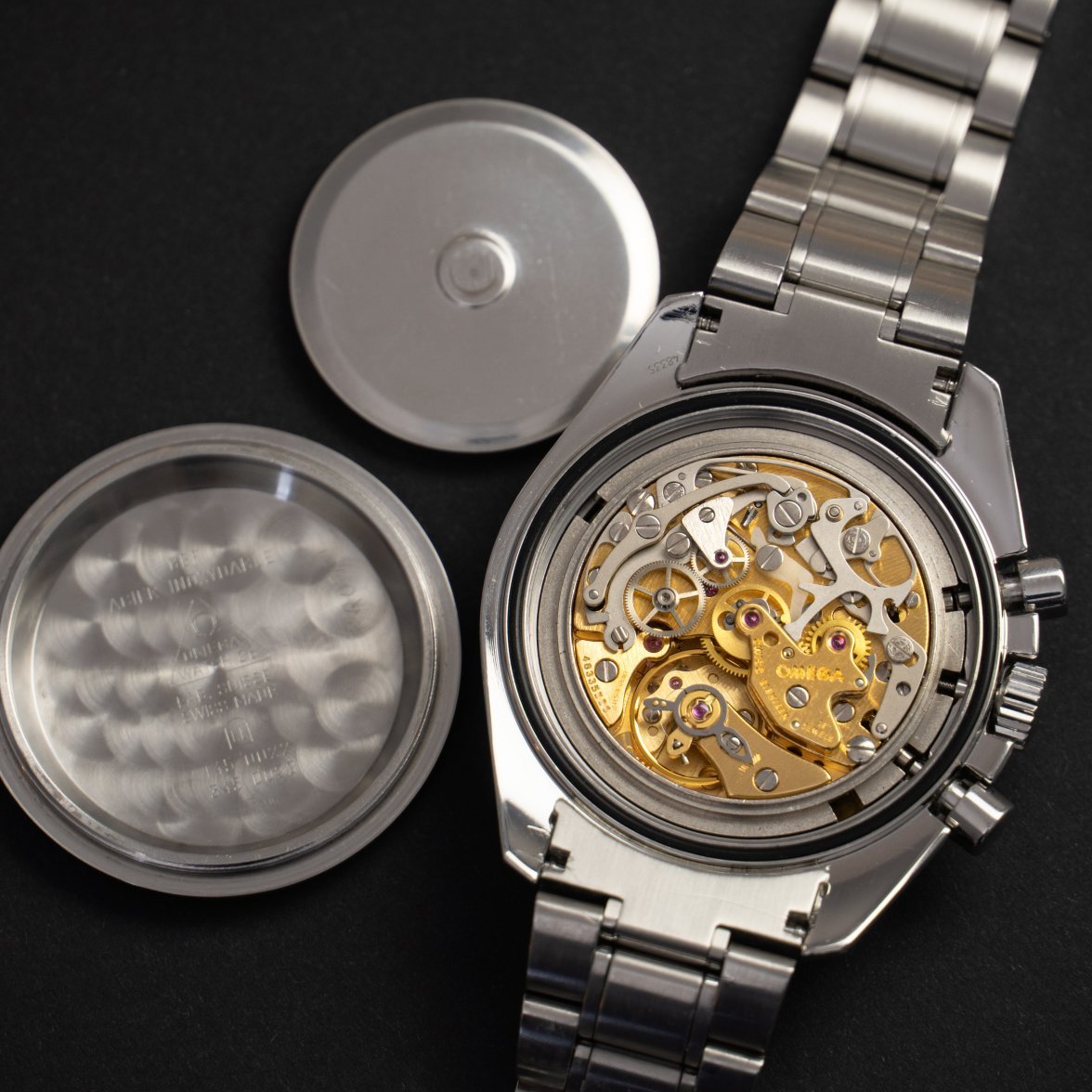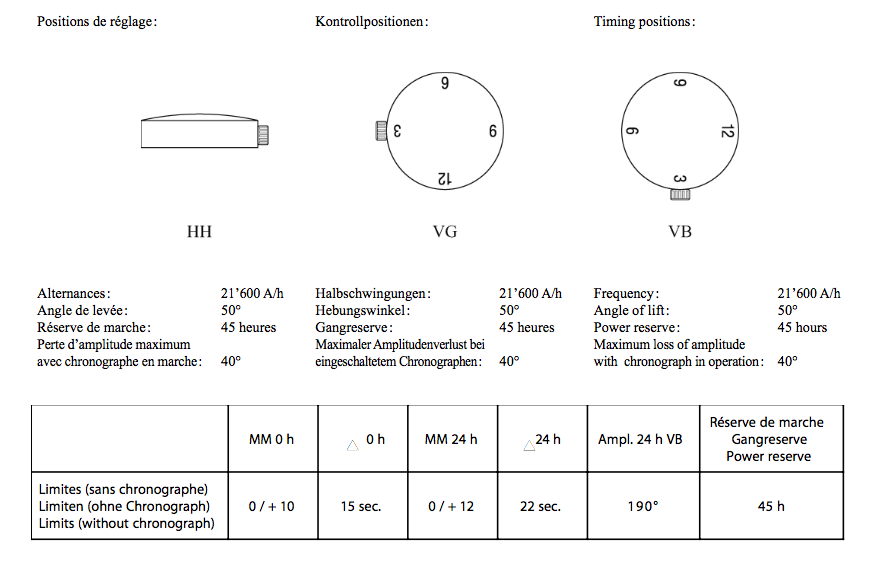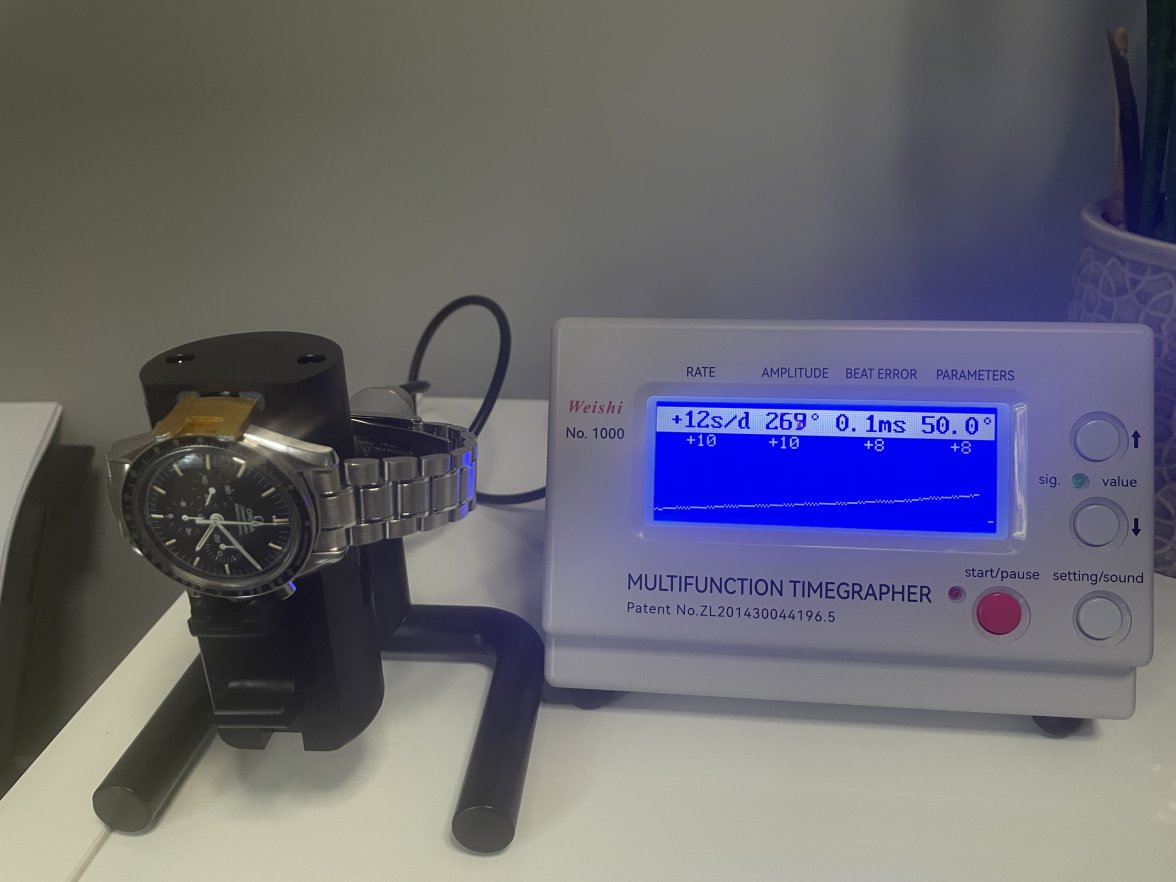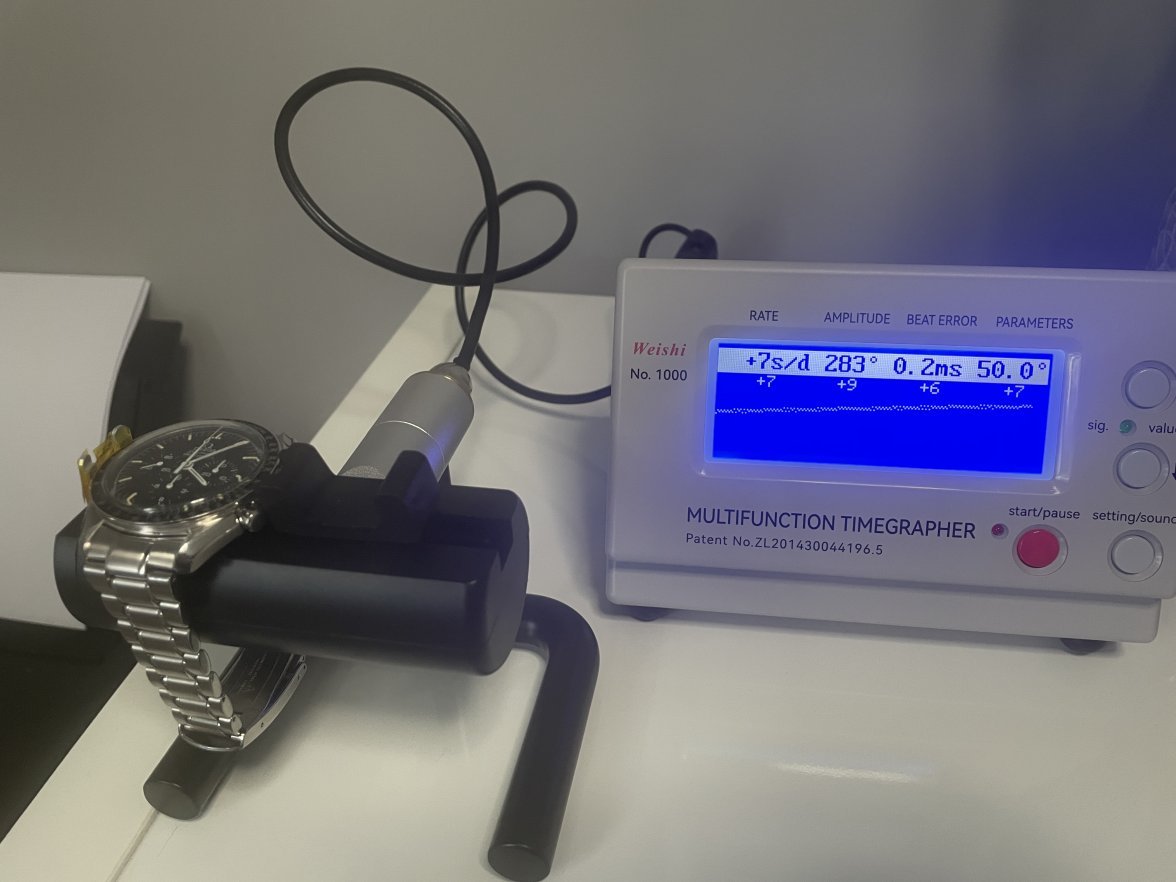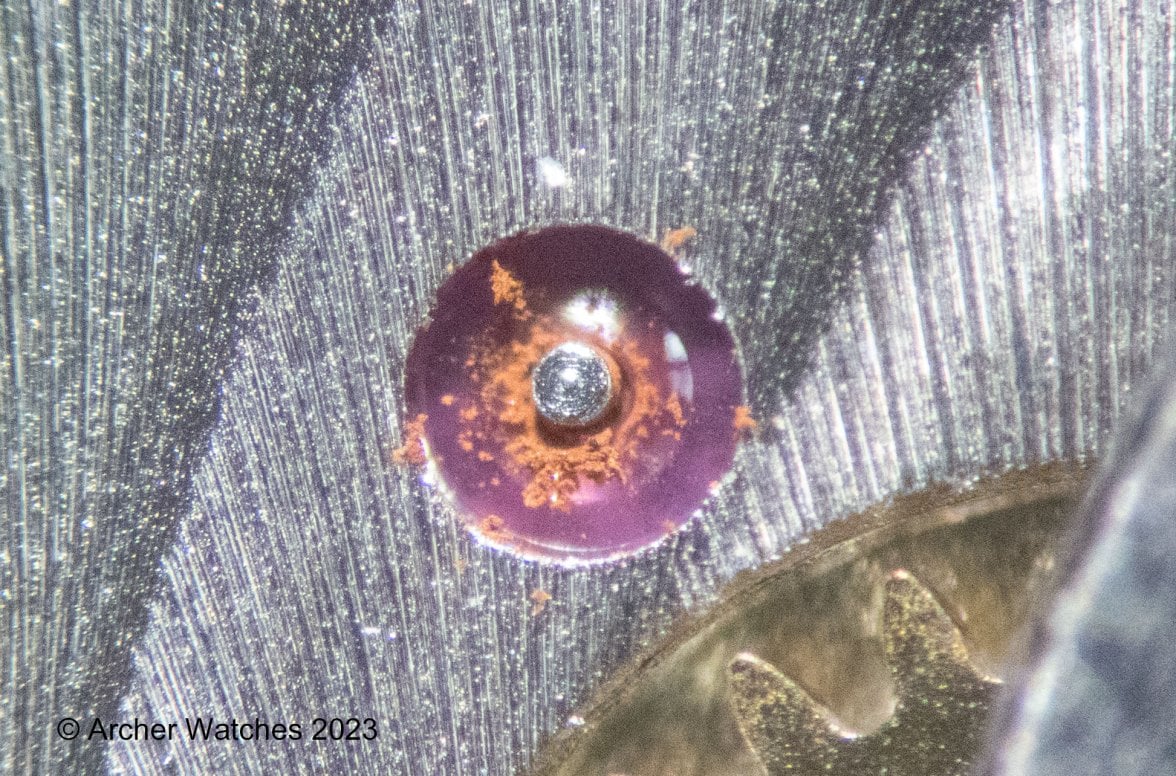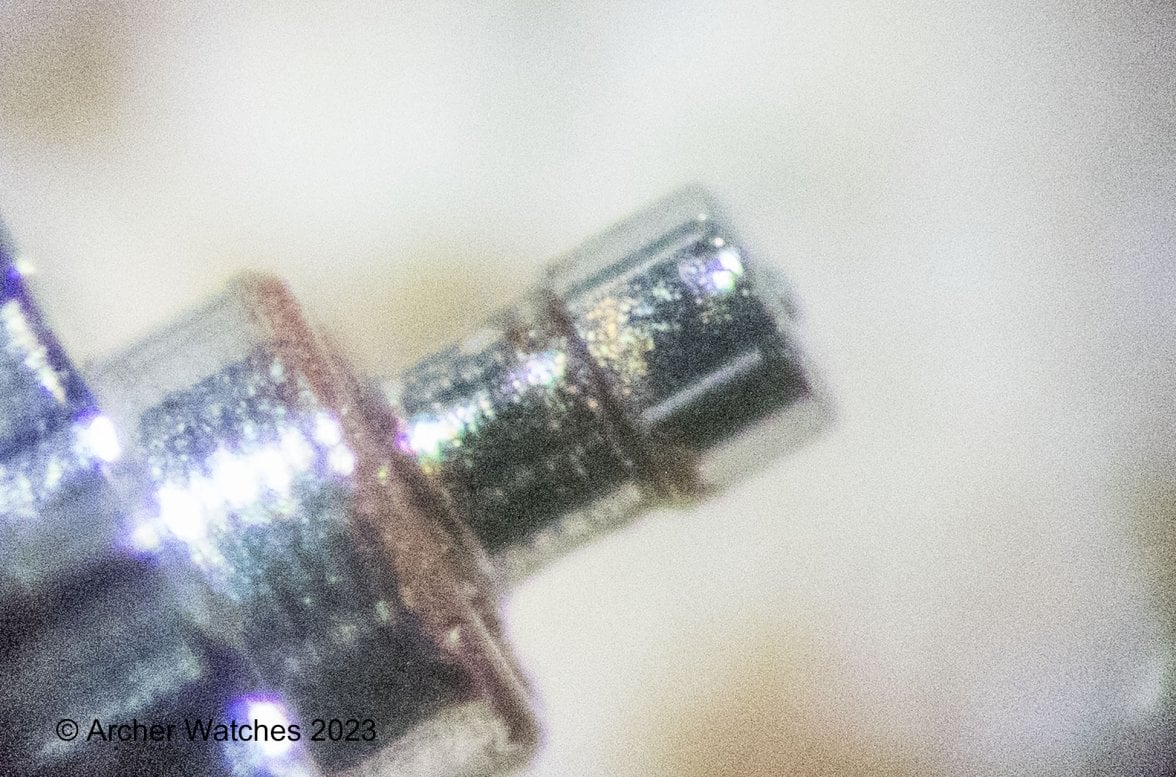Akendo
·Hi all - dipping my toe back into the Forum after some time away - be gentle!
I have recently acquired a Speedmaster Professional from 1996 with calibre 861 (18 jewels). The previous owner said it was serviced around 10 years ago. Curious as to how it runs, I dropped onto eBay and picked up a Timegrapher (cue groans!).
I have attached timegrapher readings on full wind, and it's running fast as my own reference timing data points indicates over a week by approx 15s per day. I have found a spec online that suggests the watch can run +15s at full wind and +22s at 24hrs (if interpreting correctly). I have spoken to a few watch makers with comments - "leave it as is", "it's all over the place and needs a service", "it's running within manufacturers parameters, leave it". Given the rate appears to be the only thing that's potentially out, should I be worried?
Not wishing to spend unnecessarily on a service, and given this is not a regularly worn watch, looking for some sage advice from the forum. I appreciate an eBay timegrapher may not give great results, but correlate to observable data.
Thanks in advance.
I have recently acquired a Speedmaster Professional from 1996 with calibre 861 (18 jewels). The previous owner said it was serviced around 10 years ago. Curious as to how it runs, I dropped onto eBay and picked up a Timegrapher (cue groans!).
I have attached timegrapher readings on full wind, and it's running fast as my own reference timing data points indicates over a week by approx 15s per day. I have found a spec online that suggests the watch can run +15s at full wind and +22s at 24hrs (if interpreting correctly). I have spoken to a few watch makers with comments - "leave it as is", "it's all over the place and needs a service", "it's running within manufacturers parameters, leave it". Given the rate appears to be the only thing that's potentially out, should I be worried?
Not wishing to spend unnecessarily on a service, and given this is not a regularly worn watch, looking for some sage advice from the forum. I appreciate an eBay timegrapher may not give great results, but correlate to observable data.
Thanks in advance.
